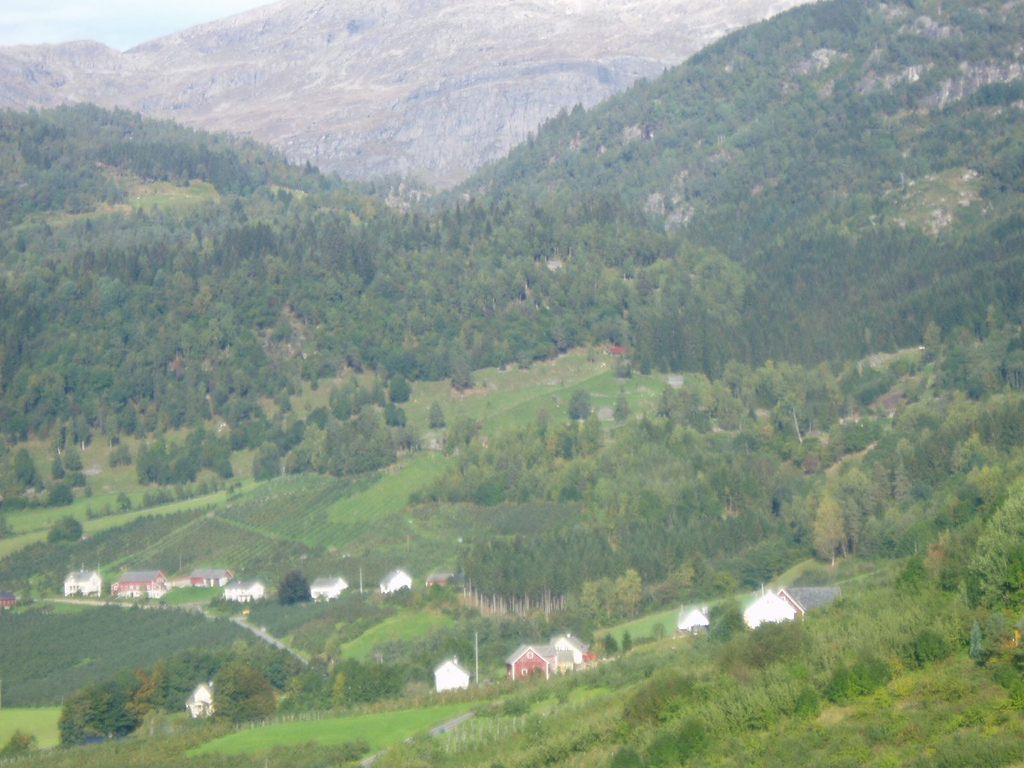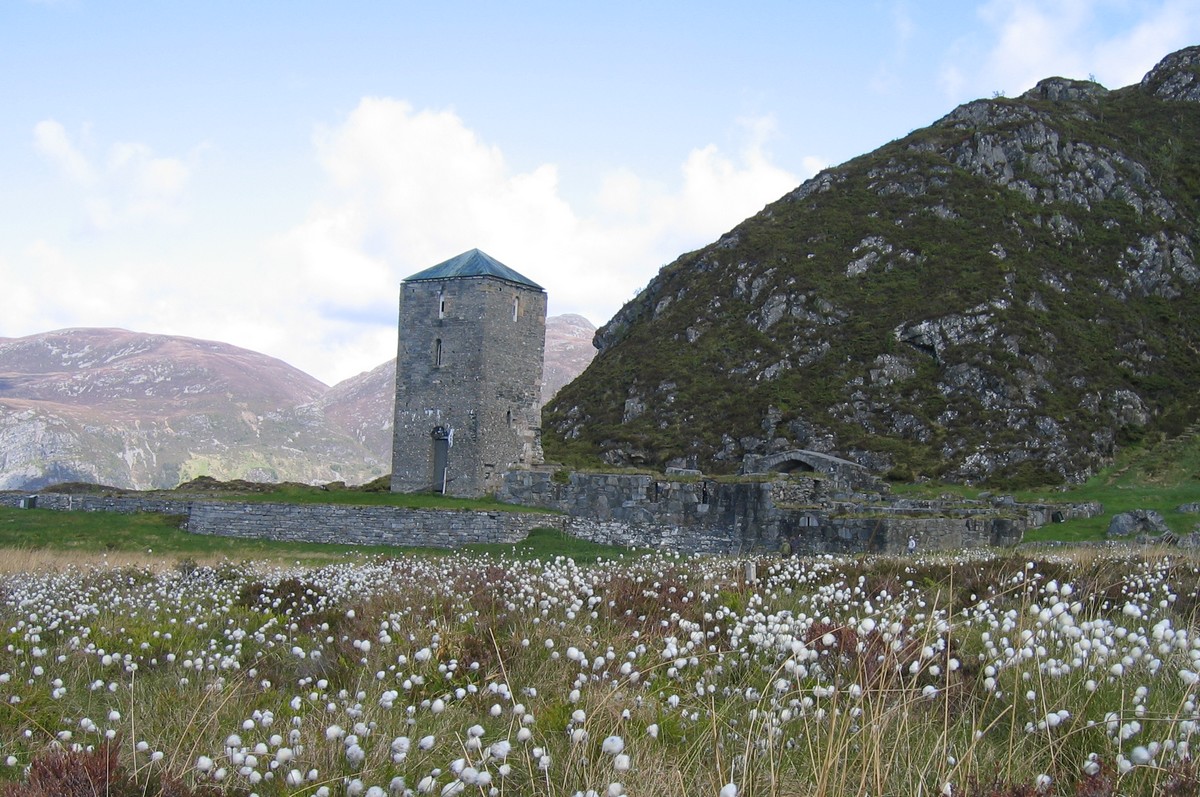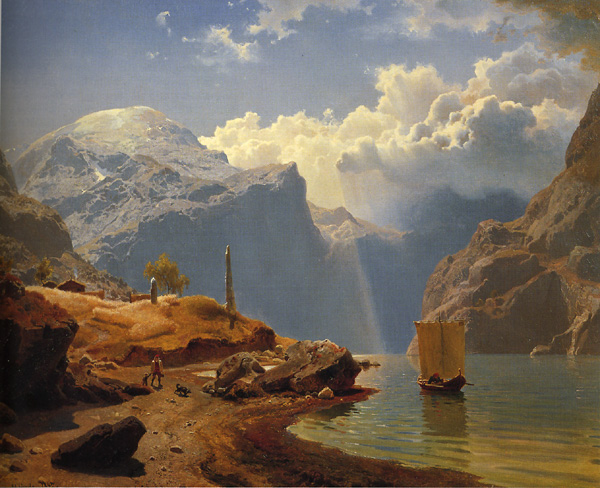|
Municipalities Of Norway
Municipalities in Norway are the basic unit of local government. Norway is divided into 15 administrative regions, called Counties of Norway, counties. These counties are subdivided into 357 municipality, municipalities (as of 2024). The capital city Oslo is both a county and a municipality. Municipalities are responsible for primary education (through 10th grade), outpatient Health care, health services, old age, senior citizen services, welfare spending, welfare and other Social work, social services, zoning, economic development, and municipal roads and utilities. The municipality is governed by a Municipal council (Norway), municipal council of Direct election, directly elected representatives. The mayor is Indirect election, indirectly elected by a vote of the municipal council. Law enforcement and Church of Norway, church services are provided at a national level in Norway. Municipalities are undergoing continuous change by dividing, consolidating, and adjusting boundaries. ... [...More Info...] [...Related Items...] OR: [Wikipedia] [Google] [Baidu] |
Norway
Norway, officially the Kingdom of Norway, is a Nordic countries, Nordic country located on the Scandinavian Peninsula in Northern Europe. The remote Arctic island of Jan Mayen and the archipelago of Svalbard also form part of the Kingdom of Norway. Bouvet Island, located in the Subantarctic, is a Dependencies of Norway, dependency, and not a part of the Kingdom; Norway also Territorial claims in Antarctica, claims the Antarctic territories of Peter I Island and Queen Maud Land. Norway has a population of 5.6 million. Its capital and largest city is Oslo. The country has a total area of . The country shares a long eastern border with Sweden, and is bordered by Finland and Russia to the northeast. Norway has an extensive coastline facing the Skagerrak strait, the North Atlantic Ocean, and the Barents Sea. The unified kingdom of Norway was established in 872 as a merger of Petty kingdoms of Norway, petty kingdoms and has existed continuously for years. From 1537 to 1814, Norway ... [...More Info...] [...Related Items...] OR: [Wikipedia] [Google] [Baidu] |
Store Norske Leksikon
The ''Great Norwegian Encyclopedia'' (, abbreviated ''SNL'') is a Norwegian-language online encyclopedia. It has several subdivisions, including the Norsk biografisk leksikon. The online encyclopedia is among the most-read Norwegian published sites, with up to 3.5 million unique visitors per month. Paper editions (1978–2007) The ''SNL'' was created in 1978, when the two publishing houses Aschehoug and Gyldendal merged their encyclopedias and created the company Kunnskapsforlaget. Up until 1978 the two publishing houses of Aschehoug and Gyldendal, Norway's two largest, had published ' and ', respectively. The respective first editions were published in 1906–1913 (Aschehoug) and 1933–1934 (Gyldendal). The slump in sales of paper-based encyclopedias around the turn of the 21st century hit Kunnskapsforlaget hard, but a fourth edition of the paper encyclopedia was secured by a grant of ten million Norwegian kroner from the foundation Fritt Ord in 2003. The f ... [...More Info...] [...Related Items...] OR: [Wikipedia] [Google] [Baidu] |
Kvam Municipality
Kvam is a municipality in Vestland county, Norway. The municipality is located along the Hardangerfjorden in the traditional district of Hardanger. The administrative centre of the municipality is the village of Norheimsund. Other larger settlements in the municipality include Øystese, Bru, Ålvik, Tørvikbygd, Omastranda, and Mundheim. Historically, the municipality was named ''Vikør''. The municipality is the 188th largest by area out of the 356 municipalities in Norway. Kvam is the 126th most populous municipality in Norway with a population of 8,531. The municipality's population density is and its population has decreased by 0.6% over the previous 10-year period. General information Name The municipality (originally the parish) was first named ''Vikør'' after the old ''Vikøy'' farm () since the first Vikøy Church was built there. The first element is which means "small bay", "cove", or "inlet". The last element is the genitive case of which means "isl ... [...More Info...] [...Related Items...] OR: [Wikipedia] [Google] [Baidu] |
Ulvik Municipality
Ulvik is a municipality in Vestland county, Norway. The municipality stretches from the Hardangerfjord to the mountains that reach above sea level. The administrative centre of the municipality is the village of Ulvik. The villages of Osa and Finse are also located in Ulvik municipality. The municipality is the 158th largest by area out of the 356 municipalities in Norway. Ulvik is the 329th most populous municipality in Norway with a population of 1,056. The municipality's population density is and its population has decreased by 5.1% over the previous 10-year period. Of the municipality's total population, nearly half live in the village of Ulvik at the end of the Ulvikafjorden. The vast majority of those who do not live in the village of Ulvik live on the farms surrounding the village or at the end of the Osa Fjord in the village of Osa. In 2016, the chief of police for Vestlandet formally suggested a reconfiguration of police districts and stations. He proposed that th ... [...More Info...] [...Related Items...] OR: [Wikipedia] [Google] [Baidu] |
Voss Municipality
Voss () is a municipality and a traditional district in Vestland county, Norway. The administrative center of the municipality is the village of Vossevangen. Other villages include Bolstadøyri, Borstrondi, Evanger, Kvitheim, Mjølfjell, Oppheim, Stalheim, and Vinje. The municipality is the 35th largest by area of Norway's 356 municipalities. Voss is Norway's 76th most populous municipality, with a population of 16,144. Its population density is and its population has increased by 7.9% over the last 10 years. Municipal history The parish of Voss was established as a municipality on 1 January 1838 (see formannskapsdistrikt law). On 1 January 1867, a small area in northern Voss (population 28) was transferred to the municipality of Hosanger. On 1 January 1868, the municipality's northern district (population 2,009) was separated to form the new municipality of Vossestrand. This left 7,592 residents in Voss. On 21 August 1868, an unpopulated area of northern Voss was ... [...More Info...] [...Related Items...] OR: [Wikipedia] [Google] [Baidu] |
Western Norway
Western Norway (; ) is the Regions of Norway, region along the Atlantic coast of southern Norway. It consists of the Counties of Norway, counties Rogaland, Vestland, and Møre og Romsdal. The region has no official or political-administrative function. The region has a population of approximately 1.4 million people. The largest city is Bergen and the second-largest is Stavanger. Historically the regions of Agder, Vest-Telemark, Hallingdal, Valdres, and northern parts of Gudbrandsdal have been included in Western Norway. Western Norway, as well as other parts of historical regions of Norway, shares a common history with Denmark-Norway, Denmark, the Faroe Islands and Iceland and to a lesser extent the Netherlands and Britain. For example, the Icelandic horse is a close relative of the Fjord horse and both the Faroese language, Faroese and Icelandic languages are based on the Old West Norse. In early Norsemen, Norse times, people from Western Norway became settlers at the West ... [...More Info...] [...Related Items...] OR: [Wikipedia] [Google] [Baidu] |
Hardanger
Hardanger is a traditional district in the western part of Norway, dominated by the Hardangerfjord and its inner branches of the Sørfjorden and the Eid Fjord. It consists of the municipalities of Ullensvang, Eidfjord, Ulvik and Kvam, and is located inside the county of Vestland. The area is dominated by the vast Hardangervidda plateau in the east and the large Folgefonna glacier on the central Folgefonna peninsula. The district was selected as the millennium site for the old Hordaland county. In the early Viking Age, before Harald Fairhair, Hardanger was a petty kingdom with its capital at Kinsarvik. Etymology The Old Norse form of the name was ''Harðangr''. The first element is derived from the ethnonym '' hǫrðar'', or from ''harðr'' meaning "hard" (referring to wind and weather). The last element is ''angr'' "tight fjord" (the name originally belonged to the fjord, now called Hardangerfjord). Agriculture The region is one of Norway's most important sources of fr ... [...More Info...] [...Related Items...] OR: [Wikipedia] [Google] [Baidu] |
Hundred (county Division)
A hundred is an administrative division that is geographically part of a larger region. It was formerly used in England, Wales, some parts of the United States, Denmark, Sweden, Finland, Norway, and in Cumberland County in the British Colony of New South Wales. It is still used in other places, including in Australia (in South Australia and the Northern Territory). Other terms for the hundred in English and other languages include '' wapentake'', ''herred'' (Danish and Bokmål Norwegian), ''herad'' ( Nynorsk Norwegian), ''härad'' or ''hundare'' (Swedish), ''Harde'' (German), ''hiird'' ( North Frisian), ''kihlakunta'' (Finnish), and '' cantref'' (Welsh). In Ireland, a similar subdivision of counties is referred to as a barony, and a hundred is a subdivision of a particularly large townland (most townlands are not divided into hundreds). Etymology The origin of the division of counties into hundreds is described by the ''Oxford English Dictionary'' (''OED'') as "exceedingly ... [...More Info...] [...Related Items...] OR: [Wikipedia] [Google] [Baidu] |
Kven Language
Kven ( or ; or ; or ; ) is a Finnic language or a group of Finnish dialects spoken in the northernmost parts of Norway by the Kven people. For political and historical reasons, it received the status of a minority language in 2005 within the framework of the European Charter for Regional or Minority Languages. However, it is seen by some as a mutually intelligible dialect of the Finnish language, and grouped together with the Peräpohjola dialects such as Meänkieli, spoken in Torne Valley in Sweden. While it is often considered a dialect in Finland, it is officially recognized as a minority language in Norway and many Kven consider it a separate language. There are about 1,500 to 10,000 known native speakers of this language, most of whom are over the age of 60. Middle-aged speakers tend to have a passing knowledge of the language. They use it occasionally, but not frequently enough to keep it off the endangered list. People under the age of 30 rarely speak or know the ... [...More Info...] [...Related Items...] OR: [Wikipedia] [Google] [Baidu] |
Nynorsk
Nynorsk (; ) is one of the two official written standards of the Norwegian language, the other being Bokmål. From 12 May 1885, it became the state-sanctioned version of Ivar Aasen's standard Norwegian language (''Landsmål''), parallel to the Dano-Norwegian written standard known as Riksmål. The name Nynorsk was introduced in 1929. After a series of reforms, it is still the written standard closer to , whereas Bokmål is closer to Riksmål and Danish. Between 10 and 15 percent of Norwegians (primarily in the west around the city of Bergen) have Nynorsk as their official language form, estimated by the number of students attending secondary schools. Nynorsk is also taught as a mandatory subject in both high school and middle school for all Norwegians who do not have it as their own language form. History Norway had its own written and oral language—Old Norse, Norwegian. After the Kalmar Union, Norway became a Denmark–Norway, less important part of Denmark. At that time, Dani ... [...More Info...] [...Related Items...] OR: [Wikipedia] [Google] [Baidu] |
Bokmål
Bokmål () (, ; ) is one of the official written standards for the Norwegian language, alongside Nynorsk. Bokmål is by far the most used written form of Norwegian today, as it is adopted by 85% to 90% of the population in Norway. There is no countrywide standard or agreement on the pronunciation of Bokmål and the Norwegian dialects, spoken dialects vary greatly. Bokmål is regulated by the governmental Language Council of Norway. A related, more conservative Orthography, orthographic standard, commonly known as ''Riksmål'', is regulated by the non-governmental Norwegian Academy for Language and Literature. The written standard is a Norwegianised variety of the Danish language. The first Bokmål orthography was officially adopted in 1907 under the name ''Riksmål'' after being under development since 1879. The architects behind the reform were Marius Nygaard (academic), Marius Nygaard and Jacob Jonathan Aars. It was an adaptation of Danish orthography, written Danish- commonly ... [...More Info...] [...Related Items...] OR: [Wikipedia] [Google] [Baidu] |
Schei Committee
The Schei Committee () was a committee named by the Government of Norway to look into the organization of municipalities in Norway post-World War II World War II or the Second World War (1 September 1939 – 2 September 1945) was a World war, global conflict between two coalitions: the Allies of World War II, Allies and the Axis powers. World War II by country, Nearly all of the wo .... It convened in 1946, and its formal name was (The 1946 Committee on Municipal Division). Its more commonly used name derives from the committee leader, Nikolai Schei, who was County Governor of Sogn og Fjordane at the time. The committee concluded its work in 1962. By that time, it had published an eighteen-volume work called ''Kommuneinndelingskomitéens endelige tilråding om kommunedelingen''. The findings of the committee were highly influential; it spurred a series of mergers of municipalities, especially during the 1960s, reducing the number of municipalities in Norway from ... [...More Info...] [...Related Items...] OR: [Wikipedia] [Google] [Baidu] |






